Best Power Banks For Charging Your Outdoor Adventures
Going off the grid is great until you realize just how many modern conveniences you don't want to live without.
To make most of them work you need power. Bringing power into the outdoors has meant bringing along a noisy and cumbersome gas generator or a hefty pile of 12-volt lead acid batteries, but technology has changed that. Portable power banks can now run your gadgets for hours, days, or even forever with the right solar panel attached.
Portable power banks have come a long way in just a few years thanks to the battery cell development powering modern electric cars. With modern battery chemistries, a hand-carried power bank or power station can hold multiple kilowatt-hours. Enough to charge phones for weeks, power lighting, cooling, and compressors, and even run your coffee maker.
But not all portable power banks are the same. There are a lot of features that some have, others don't, and that you either do or don't need. Plus, there's always your budget to keep in mind. More storage means more cash. Don't worry, we're here to help. These are our picks for the best portable power banks for your overlanding needs.
Table of contents
Gooloo 180Wh Portable Power Station
We'll start with one of the smallest power banks on the list because it's also one of the cheapest. Small in size, the Gooloo power station still has 180 Wh of capacity. Enough to charge a phone more than a dozen times or run a mini-fridge for an afternoon. One impressive feature for its size is the 120v household-style plug. It can only provide 100 watts of output so it won't run a hair dryer, but it can run a laptop charger. The package includes a bag, multiple USB cables, and a carrying strap. It also has a car charger that lets it charge in just a couple of hours using a 12V outlet in your vehicle.
Pros | 180Wh, 120V plug |
Cons | Low watt output, most ports are through an accessory |
Togopower 1000w Portable Power Station
Togopower (get it, to go!) is a top brand in the growing portable power segment and it's no surprise with features like this. The power station has a 933 Wh capacity and outputs up to 1000 watts. It is loaded with output plugs including three 3.4A USB ports, a powerful USB C port, and a 60W USB PD port. It also has two 120V power outlets that deliver up to 1,000w through a pure sine wave inverter. An LCD screen helps you to see what's going on with the power station, including charge remaining and what's outputting.
The Togo station can be recharged using a solar panel on the go thanks to its built-in controller, through a wall socket, or using a 12V outlet in your vehicle.
Pros | Power up to 11 devices at once, built-in solar capability, wireless phone charging |
Cons | Some reports of failed product out of the box, but has a 24-month warranty |
Jackery Portable Power Station Explorer 300
Jackery is another big brand in the portable power station business and with models like this it's not hard to see why. This is an affordable unit that has 293 Wh of backup storage and can deliver 300w of pure sine wave AC power through its two 120V plugs. This unit weighs just 7.1 pounds, making it easier to carry to that back-country site.
The power bank has one PD USB-C port for 60w of power in or out, a quick charge 3.0 plug, one USB-A port, and a DC power port. Charge the unit back up in around two hours using a household power plug.
Pros | Light, two 120V plugs, on-screen gauge |
Cons | Can only charge at around 80w using solar power |
Duracell Portable Power Bank
We'll admit that part of what caught our attention on this unit was the copper-top colour scheme that is the sign of the Duracell brand. But Duracell is known for batteries, so the look makes sense. Plus the specs back it up. This is a portable power bank that can run a TV for eight hours or a mini cooler for more than three days, according to the manufacturer. It has three 120V plugs, four USB-A ports including two fast-charge ports, and a 100w USB-C plug that's enough to run a laptop.
Pros | Loads of plugs, 1000w capacity |
Cons | High price, long charge times, heavy weight |
Anker 521 Portable Power Bank
Anker claims its power packs use "EV-Class" battery cells. These lithium polymer cells are rated for 3,000 charge cycles, which is three times more than lower-class cells. Thanks to that and its high-quality electronics, Anker says its power packs should last for 10 years. And they have a five-year warranty to help back that up.
This is one of the company's smaller packs, holding 256 Wh of power. It has a pair of 120V outlets that can output 200w. It also has two USB-A and a single USB-C port, with the latter capable of 60w of power.
Pros | Five-year warranty, EV-grade cells |
Cons | Heavy for its size, no ground plug, AC ports close together |
Bluetti Power Bank
This is the biggest power bank on our list. The combination of the AC300 and B300 expansion battery gives you a massive 3,072 Wh of electrical storage. This one can put out a massive 6,000 watts of peak power, more than your household outlets can. It has seven total 120v outlets and a 30-Amp NEMA TT-30 plug that you can use to power an entire travel trailer on the go.
This is a battery backup big enough to run part of your house (when properly installed by an electrician) which means weeks of power off-grid. If you need more, you can add up to four B300 batteries for more storage than some plug-in hybrid cars. A 30A charge cable lets you power it back up in an hour and a half with the right plug, or you can use a solar power array. It's not cheap, but this is a tremendous amount of portable power.
Pros | Massive battery, easily expandable, 6000w peak output |
Cons | Price, heft, long charge times on 120V power |
SinKeu Portable Power Bank
We'll finish off with one more small option, this one from SinKeu. This power bank is just 4.6 lbs, so almost anyone can carry it around. But it still has 155Wh of storage and a 120v electrical outlet. Two USB-A ports and a USB-C port let you charge your devices at up to 3A and there is a 10w wireless charger on the top for your phone or earbuds. Small and affordable enough to leave in your trunk, this is a great way to have enough power with you to charge phones, drones, and a trail GPS. A fold-up solar panel can help boost it back up during the day at your campsite. There's even a built-in flashlight for nighttime use.
Pros | Small, cheap, wireless charging |
Cons | Small storage, 200w output |
What Should I Look For in a Portable Power Bank?
This depends on what your plans are. If you're going hiking and bringing a tent, then smaller and lighter is better. You are probably willing to sacrifice energy storage instead of dragging around another 20 lbs of gear.
If you're camping with your vehicle then weight might not be important. There capacity can be the big worry. If you're overlanding, and will always have access to your rig, then an even bigger pack that can power more complex devices that are part of your overlanding rig might be the priority.
Whatever your use, you'll need to decide if you need 120v plugs like those at home. If you do, a 200W output plug is probably enough for laptops, phones, and charging your drone.
For larger devices, you'll need more power. If you want to run a household fridge, you'll need more than 1,500 watts. C-pap machines, which yes are becoming more common when camping, use around 500W. Travel machines use less and heated machines use more.
Power vs Storage?
When a power bank says it can deliver 1,000w, that means its maximum output is 1000 watts. But that number doesn't tell you for how long the power bank can do it. For that you need Wh, or watt hours. Watt hours measures power over time. Power a 100-watt lightbulb for 10 hours and you've used 1,000Wh. Power a 1,000 watt bulb for one hour and you've used the same amount.
To power high-draw appliances for more time you need more watt-hours. If you're only planning to charge your phone, then 1,000 watt-hours could give you more than 100 hours of charging time. For short stays and low demands, sub 500Wh is fine. For longer trips, or more lights or a plug-in cooler, then you'll want at least 1,000Wh and probably more.
For extended stays, adding a solar panel can help keep your campsite powered. Most of these units can accept a 100W solar panel, which can add 300-600Wh to your battery per day.
Final Thoughts
If you're running sensitive electronics through the 120V plug, look for a Pure Sine Wave inverter. AC power from the wall looks like a smooth sine wave through an oscilloscope. That's why it's called alternating and this is what your devices are designed to accept. Cheaper power banks can use square wave inverters, where the power is suddenly switched instead of gently oscillating. These square waves are bad for electronics like fans, lights, computers, and microwaves. So for powering those, get a pure sine wave inverter.
Become an AutoGuide insider. Get the latest from the automotive world first by subscribing to our newsletter here.
Evan moved from engineering to automotive journalism 10 years ago (it turns out cars are more interesting than fibreglass pipes), but has been following the auto industry for his entire life. Evan is an award-winning automotive writer and photographer and is the current President of the Automobile Journalists Association of Canada. You'll find him behind his keyboard, behind the wheel, or complaining that tiny sports cars are too small for his XXXL frame.
More by Evan Williams



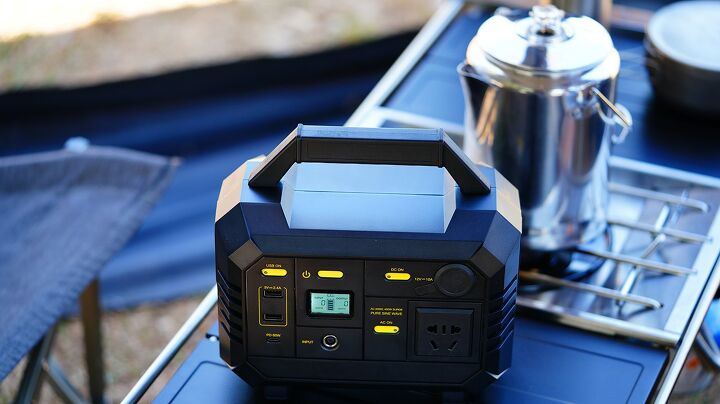























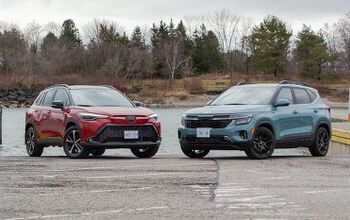

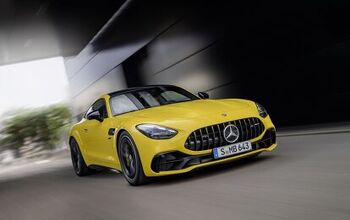

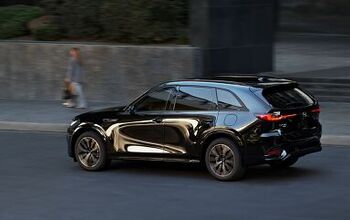

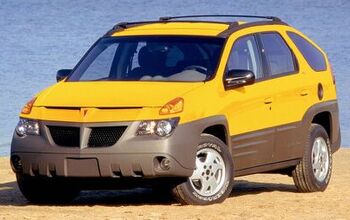

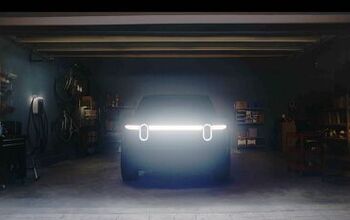

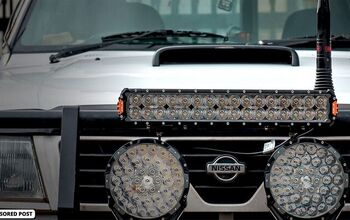

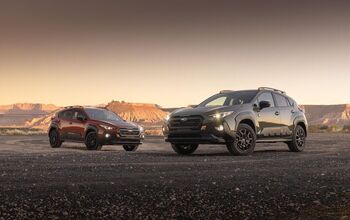

Comments
Join the conversation